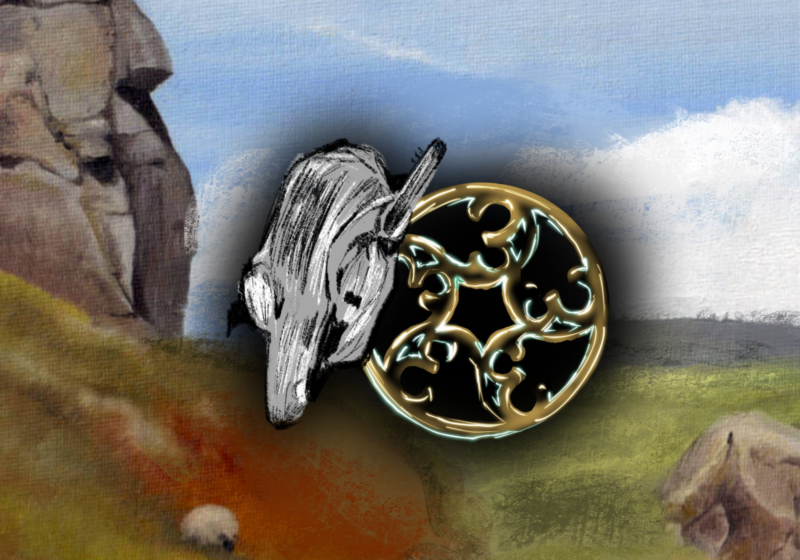The terrorist group on everybody’s mind these last few months has been the Islamic State (IS), or ISIL as the President calls them, and for good reason. The group, which originally grew in strength during the Sunni insurgency against the U.S. in Iraq after 2005, was affiliated with al-Qaeda in Iraq until they were kicked out for being too radical, namely by killing Shi’a Muslims along with Western forces as “infidels.” Yes, al-Qaeda thought the Islamic State was too radical.
With a troop surge deployed under the authority of President George W. Bush, the U.S. all but destroyed IS by killing its leaders and their replacements in succession through the remainder of the War, until all U.S. combat troops left the country at the end of 2010. Soon after, the Arab Spring swept through the Middle East, and with the assistance of social media, toppled several longstanding autocrats throughout the region via a series of protests. Tunisia, Libya, and Egypt faced major governmental change, while to this day a major civil war rages in Syria between Western-backed rebels, Arab-backed Sunni militants, and the Iranian- and Russian-backed Syrian government of Bashar al-Assad. The casualties of this conflict are fast approaching 200,000 while over nine million Syrians, or one out of three, have fled to neighboring countries or are internally displaced. In other words, this is the largest humanitarian crisis of our time.
So, when U.S. troops left Iraq in 2011, the stability of a powerful military presence evaporated and a populist Arab – and at times Islamic – movement caused instability and war throughout the region. A new leader, Abu Bakr al-Baghdadi, rose to power in the Islamic State hierarchy at this time, using the lack of stability as well as the unpopularity of Iraqi Prime Minister Maliki’s exclusively Shi’a government to build a large rebel, Sunni-Islamist army and take several cities in Iraq and Syria. In doing so, he created a caliphate that spreads throughout two countries with over two billion dollars in capital, 30,000 zealous fighters, and no force strong or organized enough to oppose them.
On Sept. 10, President Obama outlined his strategy to “degrade and ultimately destroy” the Islamic State with a series of airstrikes throughout both Iraq and Syria, as well as by arming and potentially training the Iraqi Military, Kurdish rebels, and moderate factions of Syria’s rebellion. This plan may sound comprehensive, but it cannot possibly work considering the realities of the situation on the ground throughout the region.
Firstly, the Free Syrian Army (FSA), the Western-backed rebels in Syria, has already been incredibly weakened through two years of conflict with both the Syrian government and radical Islamist groups such as ISIL. Arming them at this point is two years too late at best, and at worst could lead to radical factions of the rebellion gaining American weaponry. But even if this could feasibly strengthen the FSA, the group has already declined to join the U.S.-led coalition of over 40 nations which was created to destroy ISIL. Secondly, airstrikes without ground operations only do temporary damage. So far, the U.S. military has cooperated with the Iraqi Army and rebel groups of Kurdistan, a stateless nation in and around Northern Iraq. However, this can only push the rebellion out of Iraq, or in other words, fully into Syria. Without boots on the ground in Syria, ISIL will most likely remain powerful in the region for the next few months and possibly years to come.
Americans despise the term “boots on the ground,” and for good reason. However, the harsh reality of the situation is that well-trained soldiers (from the U.S., most likely) will be needed on the ground – in cooperation with airstrikes and other methods of warfare – to defeat the Islamic State. Perhaps the President’s failure to negotiate an agreement that keeps U.S. troops in Iraq for a few years will be seen as his greatest mistake, but one thing is for sure: the repercussions of the Islamic State’s existence will be widespread.
Although the events of the Arab Spring and the resulting civil war in Syria were and are beyond American control, the meteoric rise of the Islamic State was partially caused by American intervention in the Middle East. Now it seems the only way to stop the terrorist state is further intervention. Hopefully, this chain of events can prevent further rash action on the part of the U.S. United States, such as invading a stable autocracy and not protecting its unstable democratic successor.
Sweely is a member of
the class of 2017.





